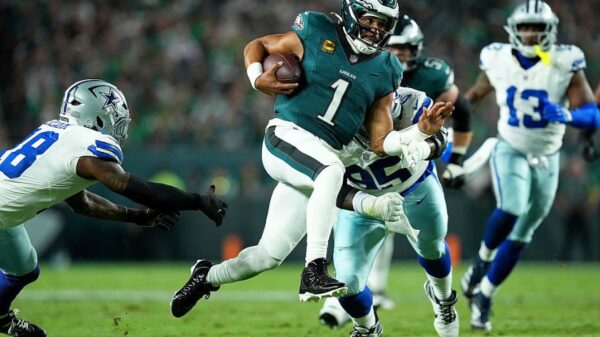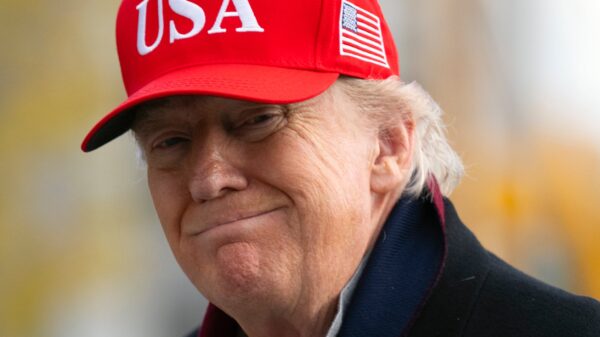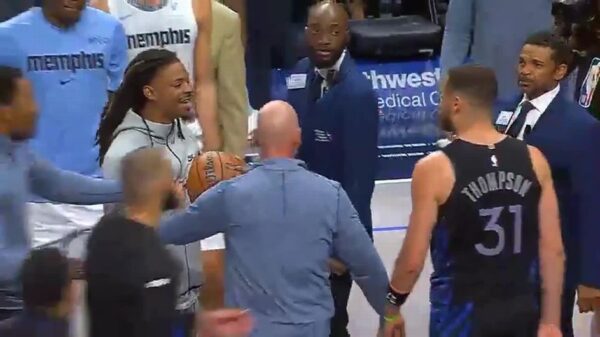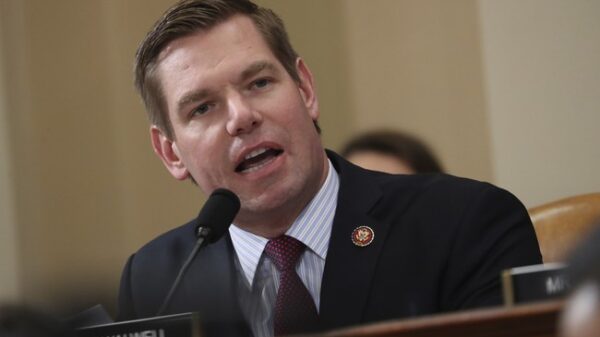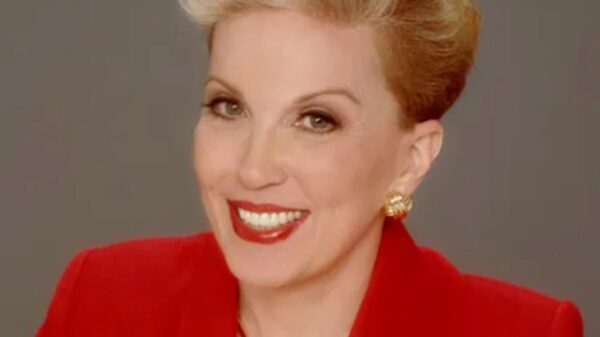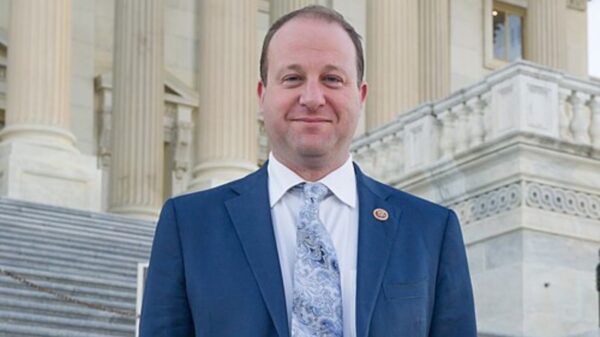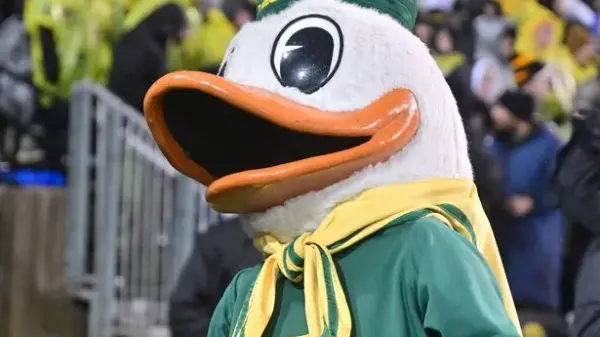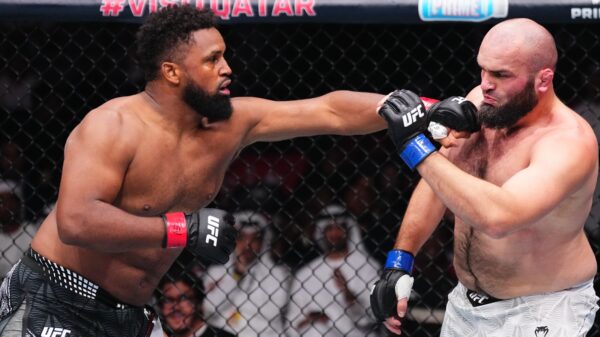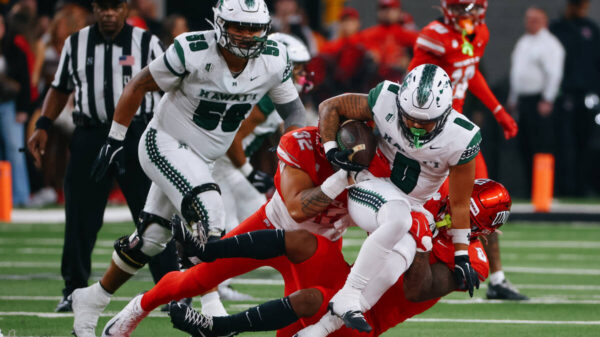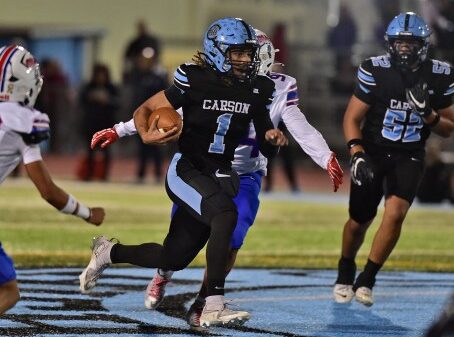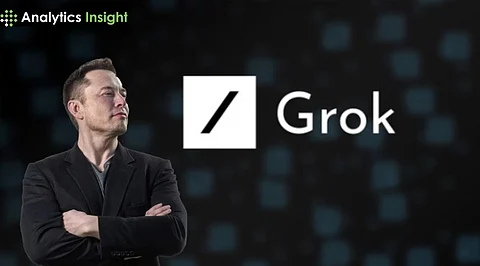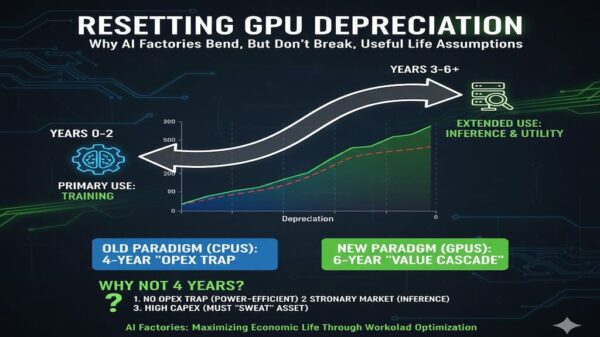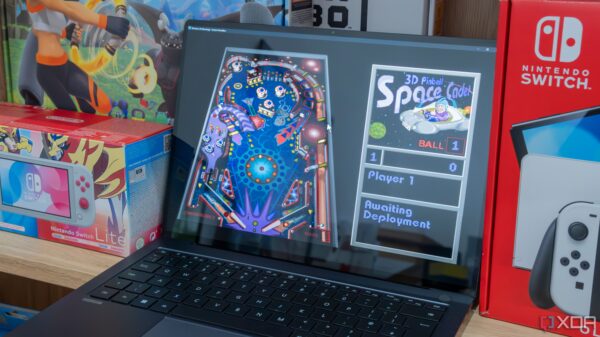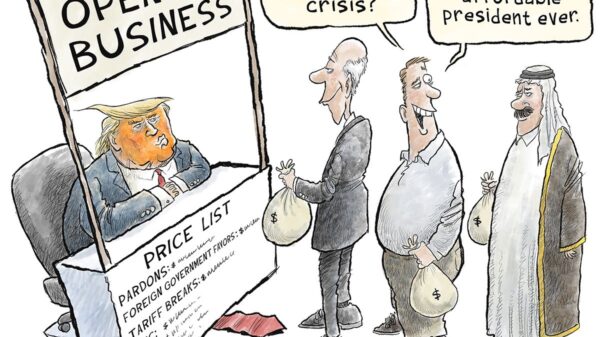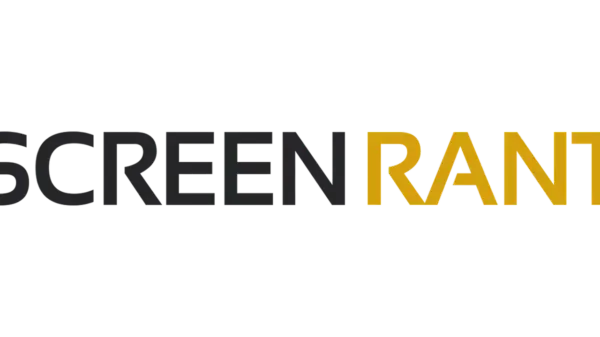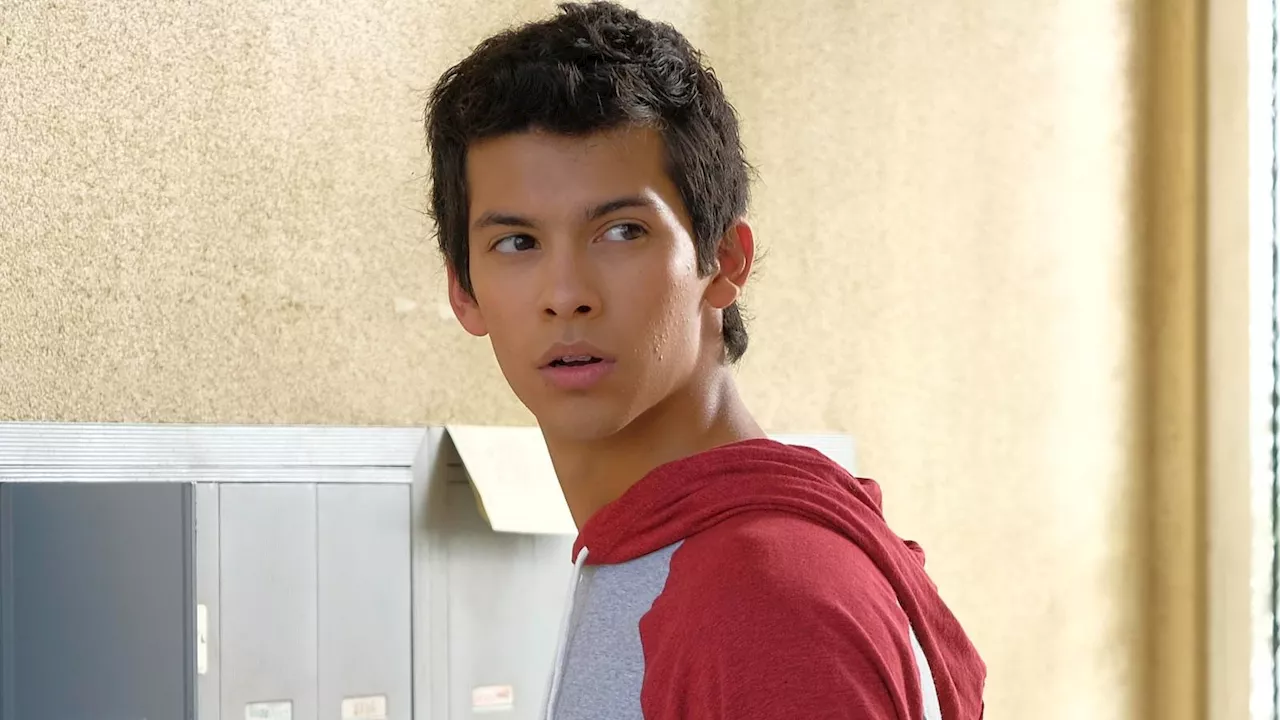YouTube’s journey into original programming began with bold ambitions but ultimately faced significant challenges, leading to the discontinuation of its original content division in early 2022. Initially launched as YouTube Red in October 2015, the service sought to compete directly with established streaming giants like Netflix and Hulu by offering exclusive shows and movies alongside ad-free viewing.
The platform aimed to blend the creativity of its independent creators with high production values reminiscent of traditional television. By partnering with popular figures, YouTube hoped to attract both loyal fans and new subscribers seeking premium content. However, the strategy proved difficult, as creator-driven projects struggled to compete with the vast resources of traditional streaming services.
From YouTube Red to YouTube Premium: A Shift in Strategy
When YouTube Red transitioned to YouTube Premium in 2018, the platform shifted its focus from competing with established players to enhancing the ad-free experience for its users. Despite producing unique and ambitious programming during the YouTube Red era, including hits like Cobra Kai and Step Up: High Water, the overall viewership for these originals did not meet expectations. Many fans of the platform preferred the authenticity of user-generated content over the polished productions offered by YouTube’s original programming.
The ambitious vision of YouTube Red was to create a distinctive library of programming that showcased both high-profile creators and original content. Shows such as Scare PewDiePie and Wayne were developed with significant budgets and production quality that rivaled early Netflix series. Yet, this pursuit of prestige came at a cost, as the platform risked alienating its core audience, who valued the accessible nature of creator-driven content.
The End of an Era: YouTube’s Retreat from Original Programming
By 2022, YouTube had shifted its focus predominantly towards family-friendly and educational content, abandoning the original programming model altogether. Despite a few notable successes, including the continuation of some shows on other platforms after their initial run on YouTube, the overall strategy failed to resonate with a broad audience willing to pay for premium content. In an effort to boost viewership, YouTube made some originals available for free in 2019, but the experiment did not yield the desired results.
Neal Mohan, YouTube’s then-CEO, reflected on this shift, stating, “Creators are the new Hollywood in that sense because they are producing the content that people want to watch.” This realization underscored YouTube’s strength as a platform that enabled independent creators to thrive rather than one that needed to compete directly with established streaming services.
The evolution of YouTube’s content strategy highlights a significant shift in the media landscape. While the original programming may have been short-lived, it served as a catalyst for the creator economy that defines YouTube today. Content creators, like MrBeast, now attract millions of viewers and generate substantial revenue through ad partnerships and sponsorships, showcasing a model that prioritizes engagement over traditional subscription-based revenue.
In conclusion, YouTube’s foray into original programming may have ended, but the insights gained from this experience have shaped its current identity. Rather than aiming to be the next Netflix, YouTube has embraced its role as a facilitator for creators, empowering them to produce content that resonates with diverse audiences worldwide. The platform continues to thrive on the very essence that made it successful: a commitment to creativity, accessibility, and community.

